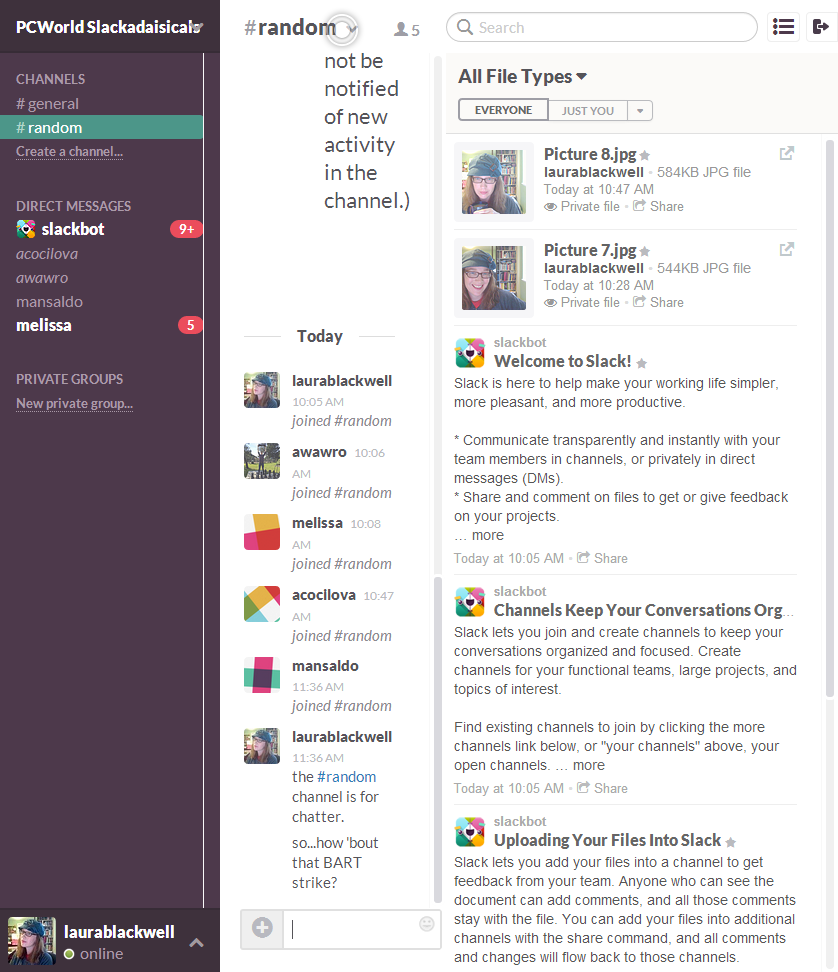

Since very early in the development of the Slack Electron app, we’ve had a working macOS version (albeit with many missing features). We’ve written about Electron before, but to summarize, Electron is a platform that combines the rendering engine from Chromium and the Node.js runtime and module system. Separately, when we created the Slack Windows application, we couldn’t use the existing codebase, so we decided to bet on a brand new platform called Electron. Furthermore, WebView was tied to the operating system’s version of Safari, meaning that we didn’t have many options when older versions of macOS had an issue in Safari that affected our app. New features such as HTTP/2 are only coming to Apple’s new WKWebView view, and moving to this would effectively require a complete rewrite of the application. While that served us well for a long time (including the retrofitting of multiple-team support), this architecture was starting to show its age. Originally, the Slack desktop application was written using the MacGap v1 framework, which internally used WebView to host web content inside of a native app frame. Since there isn’t much information out there about how to do this with Electron, we wanted to dive into a bit more detail about how our hybrid application works. Unlike a 100% in-box approach that some other apps take, Slack takes a hybrid approach where we ship some of the assets as part of the app, but most of the assets and code are loaded remotely. There are, of course, different ways to build desktop applications with web technologies. We built it with Electron, and, as a result, it’s faster, sports a frameless look, and has a number of behind-the-scenes improvements to make for a much better Slack experience. Today we’ve just shipped a new version of the Slack Desktop application for macOS.


 0 kommentar(er)
0 kommentar(er)
